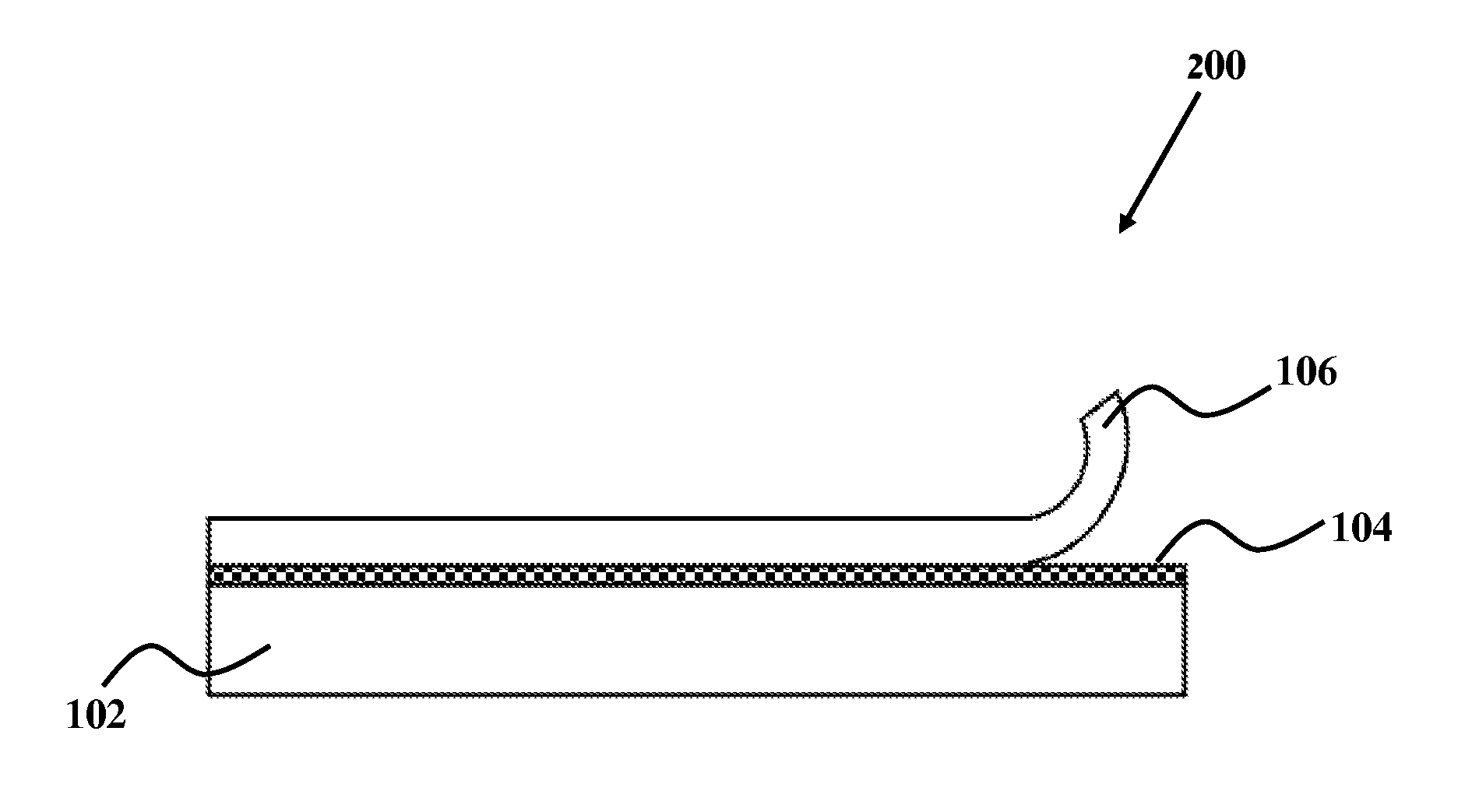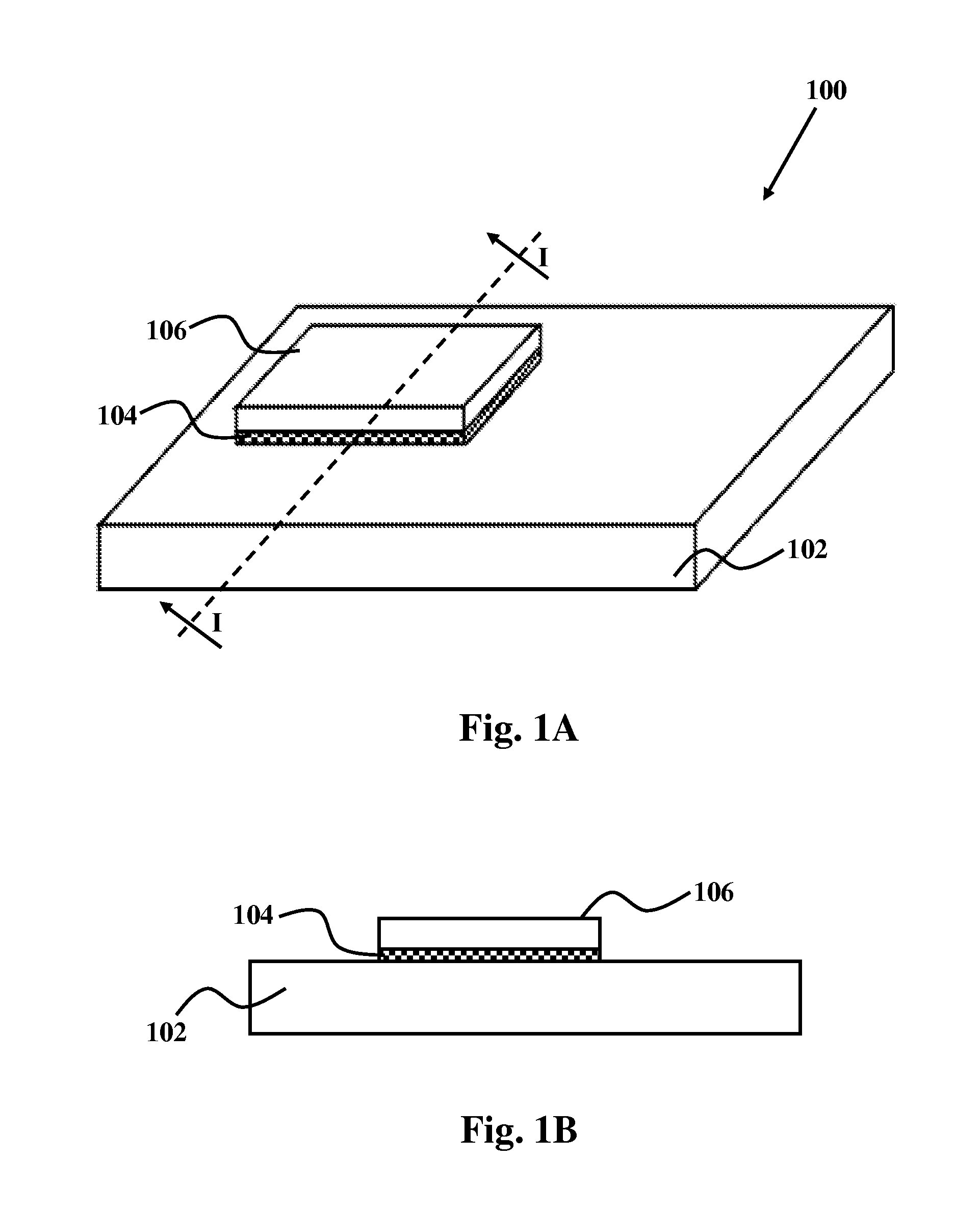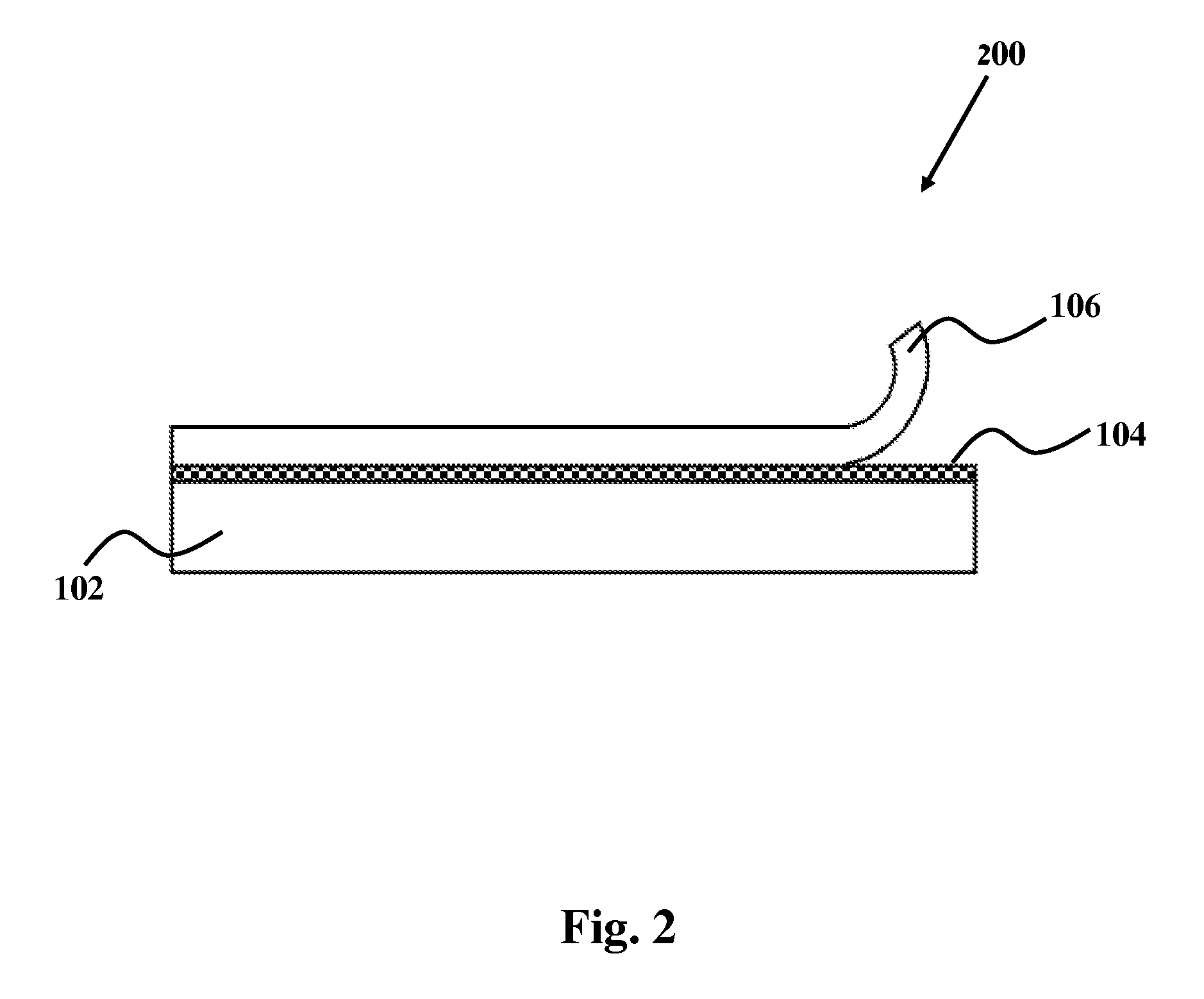Process for dry-coating flexographic surfaces
a flexographic surface and film mask technology, applied in the direction of duplication/marking methods, coatings, printing, etc., can solve the problems of complex process, plurality of steps, device, time-consuming, etc., to improve the overall mask/plate/print quality, reduce machine costs, and increase machine reliability
- Summary
- Abstract
- Description
- Claims
- Application Information
AI Technical Summary
Benefits of technology
Problems solved by technology
Method used
Image
Examples
example 1
(Reference Wet-Coating): Water Washable Flexographic Plate
[0148]A commercially available water-washable photopolymeric plate Torelief WF80DHX4, made by Toray (Letter Press Plate) was coated with 100 micrometers of the following solution:
[0149]5% polyethyloxasoline;
[0150]25% poly(1-vinylpyroldone-2-dimethylmethacrylate) aqueous solution (20%);
[0151]1.5% calcium nitrate tetrahydrate;
[0152]0.1% wetting agent; and
[0153]68.4% ethyl lactate as solvent.
[0154]Coating was carried out using a K Hand coating bar which applied a wet layer of the solution in a thickness of approximately 100 micrometers. The plate was dried using a hot air blower; air temperature was 65° C. for a few minutes to fully dry the plate.
[0155]Imaging of the UV absorbing layer was done using an Epson Stylus Pro 4880 printer, using a 2880X1440 dpi resolution.
[0156]Ink used was composed of:
[0157]72% mixture of black, yellow and cyan dyes aqueous solutions;
[0158]1.4% polystyreneacrylic polymer, Mw of 1,000-15,000 g / mole;
[0...
example 2
(Reference Wet-Coating): Solvent Washable Flexographic Plate
[0165]A commercially available solvent-washable photopolymeric plate Nyloflex FAH 170 made by Flint (Flexo Plate) was coated with a 100 micrometers of a solution composed of:
[0166]10% polyvinyl-alcohol;
[0167]5% calcium nitrate tetra-hydrate;
[0168]0.5% Byk 333 wetting agent; and
[0169]84.5% water.
[0170]Coating was carried out using a K Hand coating bar which applies a wet layer of 100 micrometers.
[0171]The plate was dried using a hot air blower; air temperature was 65° C. for a few minutes to fully dry the plate. Imaging of the UV absorbing layer was done using an Epson Stylus Pro 4880 printer, using a 2880X1440 dpi resolution.
[0172]Ink used was composed of:
[0173]72% mixture of black, yellow and cyan dyes aqueous solutions;
[0174]1.4% poly styrene-acrylic polymer, Mw of 1,000-15,000 g / mole;
[0175]0.5% wetting agent;
[0176]5% glycerol;
[0177]10% propylene glycol; and
[0178]11.1% water.
[0179]The plate was dried post printing using a...
example 3
(Reference Wet-Coating): Universal Coating, for Both Water Washable and Solvent Washable Plates
[0181]The following coating composition was used to coat both types of plates: water washable plates as well as solvent washable plates.
[0182]Coating was applied at thicknesses ranging from 60 micrometers up to 120 micrometers, using the following composition:
[0183]27% aqueous solution (20%) poly(diallyl-dimethyl ammonium chloride);
[0184]15% poly(1-vinylpyroldone-2-dimethylmethacrylate) aqueous solution (20%);
[0185]5% zinc acetate;
[0186]0.2% wetting agent; and
[0187]52.8% propylene glycol.
[0188]Coating of both types of plates was carried out using a K Hand coating bar which applies a wet layer of between 60 and 120 micrometers.
[0189]Drying of the plates using hot air at 65° C. for several hours did not result in complete drying of the plates. In order to fully dry the plate, an IR radiation drying technology was required. This drying technology brought the plate temperature up to 140° C. an...
PUM
| Property | Measurement | Unit |
|---|---|---|
| adhesion | aaaaa | aaaaa |
| adhesion | aaaaa | aaaaa |
| adhesion | aaaaa | aaaaa |
Abstract
Description
Claims
Application Information
 Login to View More
Login to View More - R&D
- Intellectual Property
- Life Sciences
- Materials
- Tech Scout
- Unparalleled Data Quality
- Higher Quality Content
- 60% Fewer Hallucinations
Browse by: Latest US Patents, China's latest patents, Technical Efficacy Thesaurus, Application Domain, Technology Topic, Popular Technical Reports.
© 2025 PatSnap. All rights reserved.Legal|Privacy policy|Modern Slavery Act Transparency Statement|Sitemap|About US| Contact US: help@patsnap.com



